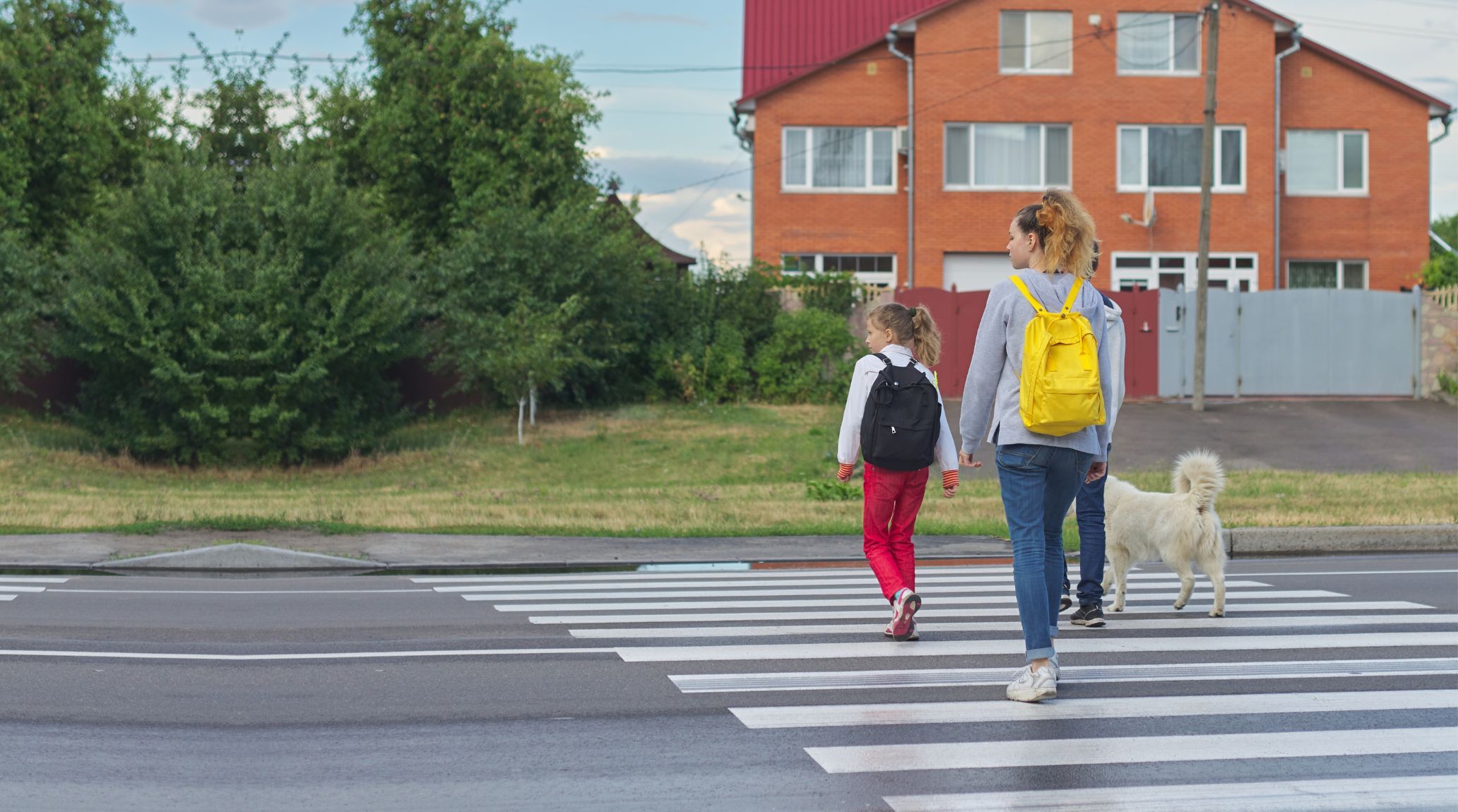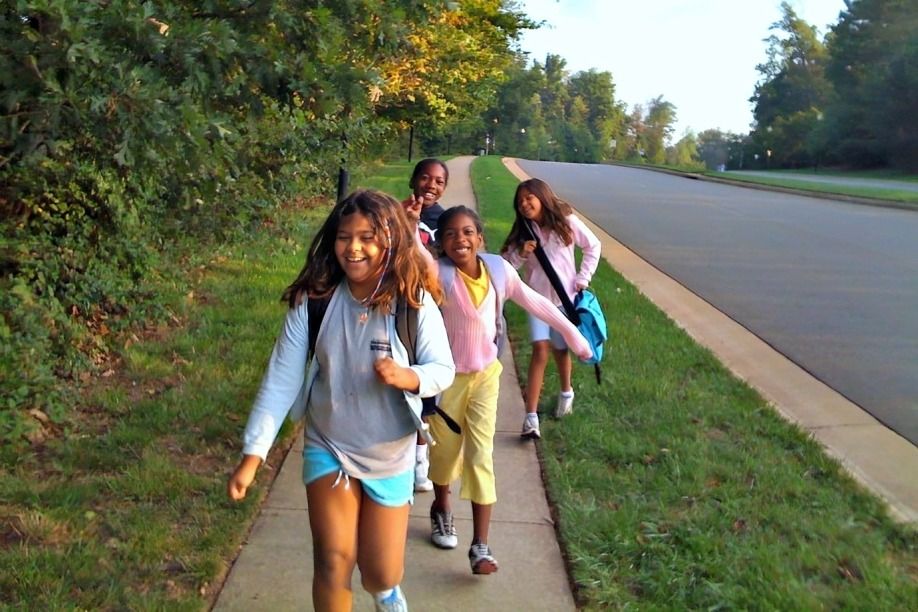
“
Road safety is paramount, especially for children still learning how to navigate our communities' busy streets and intersections. Understanding and following road safety rules can prevent accidents and ensure that kids are protected while walking, cycling, or traveling in vehicles. In this blog, we present 20 essential road safety rules for kids that cover everything from crossing the street safely to using proper equipment while cycling. These rules will help children develop good habits that keep them safe and aware of their surroundings.1
1
”
Holding an adult's hand ensures that you are guided safely across the road. Adults better understand traffic patterns and can keep you out of harm's way. This practice also makes you more visible to drivers.1
A VR-based road safety training system using Unity and Kinect that engages children in interactive learning has been introduced. This immersive approach enhances traffic rule comprehension and practice in a safe, controlled environment.2
It's crucial to check for oncoming traffic from all directions to ensure it's safe to cross. Cars can come from unexpected places, and looking both ways twice helps prevent accidents. This simple habit can save your life.3
Crosswalks and intersections are designed for pedestrian safety, with signals and markings to alert drivers. Crossing at these points reduces the risk of accidents. Always use these designated areas for maximum safety.4
Traffic signals are there to protect you, so wait for the pedestrian light to turn green. Crossing at the right time reduces the chance of encountering moving vehicles. Patience at crossings can prevent serious injuries.5
Running into the street can surprise drivers and lead to accidents. Always walk calmly and look around before stepping onto the road. Safety comes first, even when you're excited or in a hurry.6

Sidewalks provide a safe space away from vehicles. If you must walk on the road, facing traffic allows you to see oncoming cars and react quickly. This practice makes you more aware and safer.
Bright or reflective clothing makes you visible to drivers in low-light conditions. Being easily seen can prevent accidents. Dressing appropriately for visibility is a key safety measure.7
Eye contact with drivers ensures they see you and are aware of your intention to cross. This mutual acknowledgment helps prevent misunderstandings. Always confirm that the driver is stopping for you.8
Paying full attention to your surroundings is crucial for road safety. Distractions can lead to accidents because you're less aware of traffic. Stay focused to stay safe.By maintaining focus on the road, observing traffic patterns, you protect lives.9
Walking allows you to observe traffic better and react appropriately. Running increases the risk of tripping or misjudging the speed of oncoming vehicles. Calm, deliberate movement is safer.10
Crossing guards ensure your safety by controlling traffic and guiding pedestrians. Following their instructions helps you cross safely. Trust their experience and authority.11
Parked cars can block your view of oncoming traffic and make you less visible to drivers. Always cross at open, visible areas. Safety comes from being seen and seeing clearly.12
Excitement can make you forget to look for cars. Always stop and check for traffic before retrieving anything from the street. Your safety is more important than quickly grabbing your toy or pet.13
Streets are for vehicles, not for playing. So, train your child to play in safe areas. Playing in the street increases the risk of accidents. Find safe, designated play areas away from traffic.14

Seatbelts are your best protection in case of an accident. They keep you secure and reduce the risk of injury. Always buckle up, no matter how short the trip.
The back seat is safer for younger children, especially in cars with airbags. Airbags are designed for adults and can cause injury to kids. Stay in the back seat for better protection.15
Booster seats position you correctly so that seat belts fit properly. Ensures maximum protection in an accident. Follow the guidelines for booster seats to keep safe.16
Locked doors prevent accidental opening and enhance safety. They provide additional security from outside threats. Always check that doors are locked when you start a trip.17
Unbuckling seat belts while the car is still moving can lead to injuries in sudden stops. Always wait until the car is parked. Safety belts protect you until the very end of your journey.18


